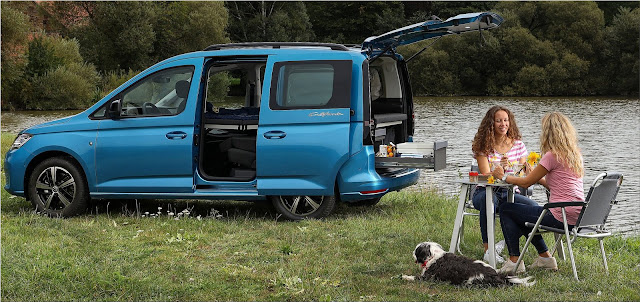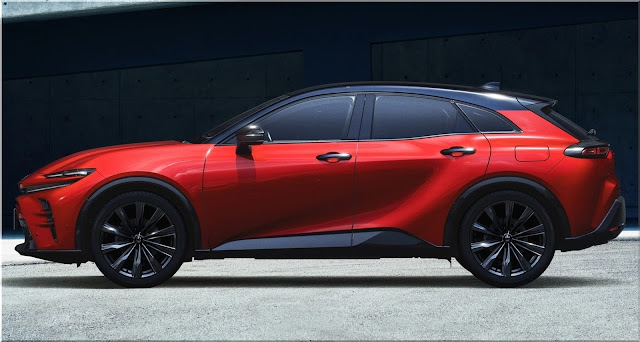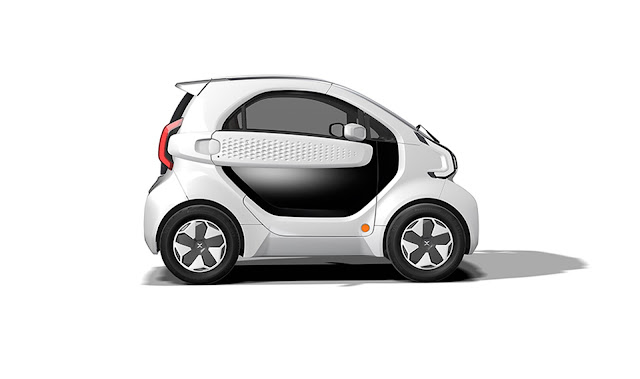BMW M is working on high-performance electric cars for the future
After 50 years of work, the BMW M division is getting ready to write the next chapter toward electric mobility. Not only will battery-powered engines improve, but there will also be a "revolution" in traction and drive systems control of how torque is distributed and how the chassis works.
BMW M has designed and is developing hardware and software solutions for future high-performance all-electric models. These solutions will give the driver an entirely new way to drive, bringing the spirit of the letter M to the world of emission-free mobility.
At our anniversary, we don't just look back, but mostly we look forward, "says Franciscus van Meel, chairman of the board of directors of BMW M. By the end of the year, our company will start making the BMW M's first high-performance car with hybrid power from a V8 M engine.
"And we're looking forward to entering the LMDh category of North American IMSA endurance racing with an eight-cylinder hybrid turbocharged engine at Daytona and other events in 2023, as well as the WEC race series at Le Mans a year later." To get the engine going
Based on the BMW i4 M50, engineers at BMW M have developed a test vehicle with a chassis designed for future all-electric high-performance cars. This electric vehicle can be driven on the road to test and tune it.
From this model, an all-electric coupe with a modified body in the typical M style was made. The model's wide wheel arches let the high-performance front and rear axles be put in. This test electric vehicle does have an electric all-wheel drive system called M xDrive with four electric motors.
Because each wheel is driven by its electric motor, there are many new ways to divide up the torque. This can be infinitely different, very accurate, and fast simultaneously. In a few milliseconds, the power and torque of the electric motors can be changed so precisely that the load signaled by the accelerator pedal can be met at a speed that isn't possible with traditional systems.
This means the driver can experience entirely different performance characteristics even in the most challenging situations, like when the car is moving very quickly or when the grip and surface are awful.
"Electrification gives us completely new degrees of freedom to create typical M dynamics," says Dirk Hacker, Head of Development at BMW M GmbH. "We can already see the chance to use this potential to the fullest, to continue to offer the unique dynamics, agility, and precision of the M models in an electric future."
The BMW M xDrive electric all-wheel drive system helps a lot with the precision with which engine torque is transferred. The four engines are all connected to a central control unit, always keeping an eye on how the car is being driven and what the driver wants.
The position of the accelerator pedal, the steering angle, the longitudinal and lateral acceleration, the speed of the wheels, and other factors are used to figure out the ideal power transmission in milliseconds. The signals for this are sent quickly and directly to the four engines through a multi-plate clutch and differentials. The engines can act on these signals right away and accurately.










Comments
Post a Comment